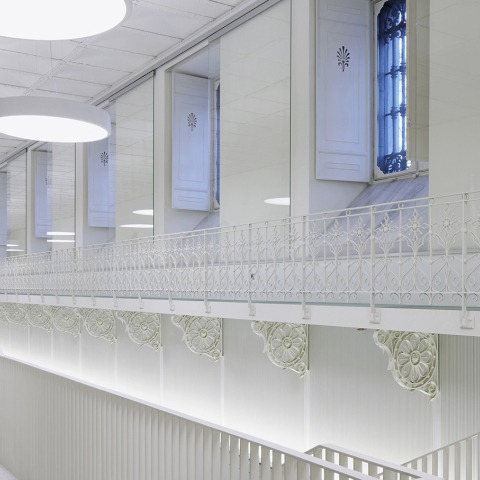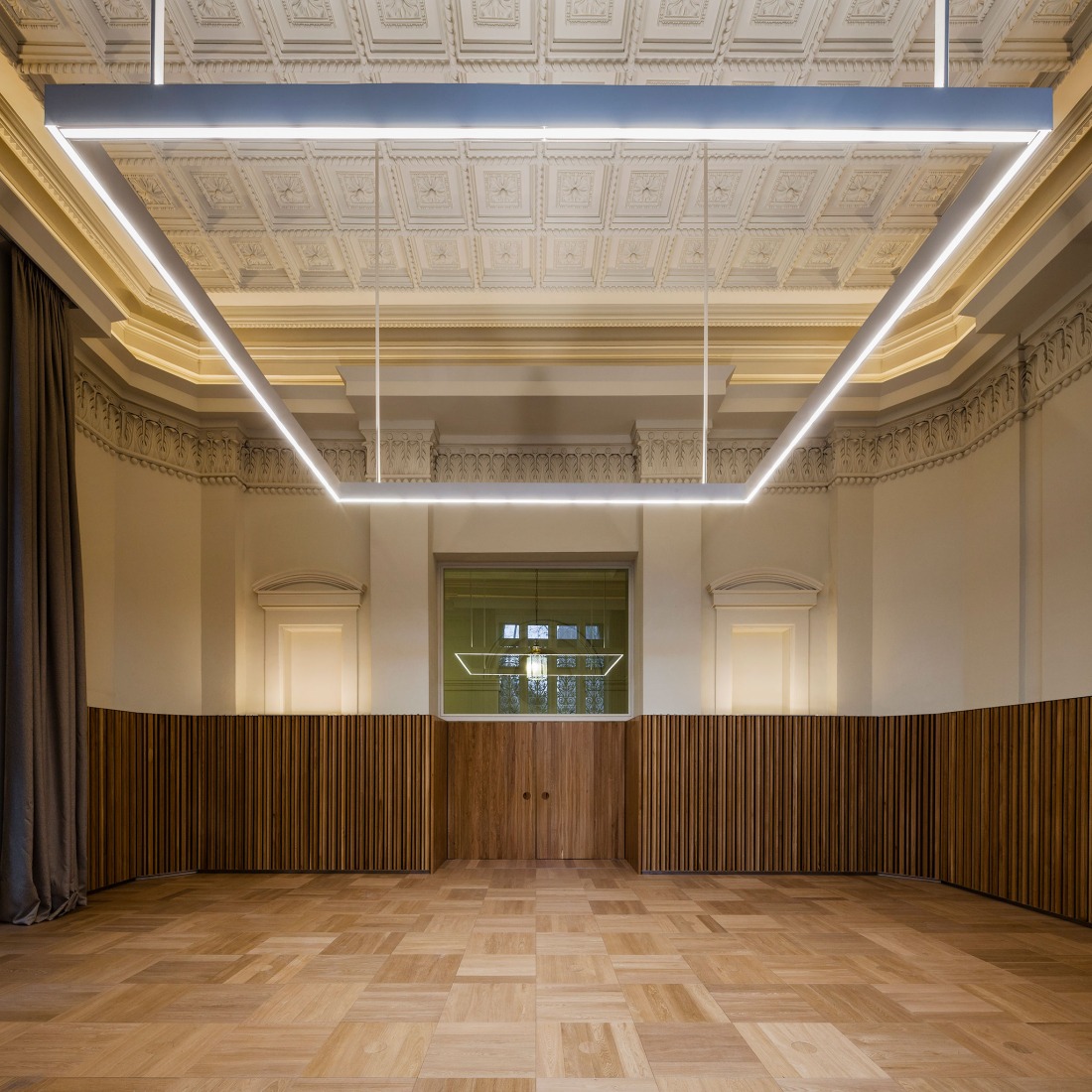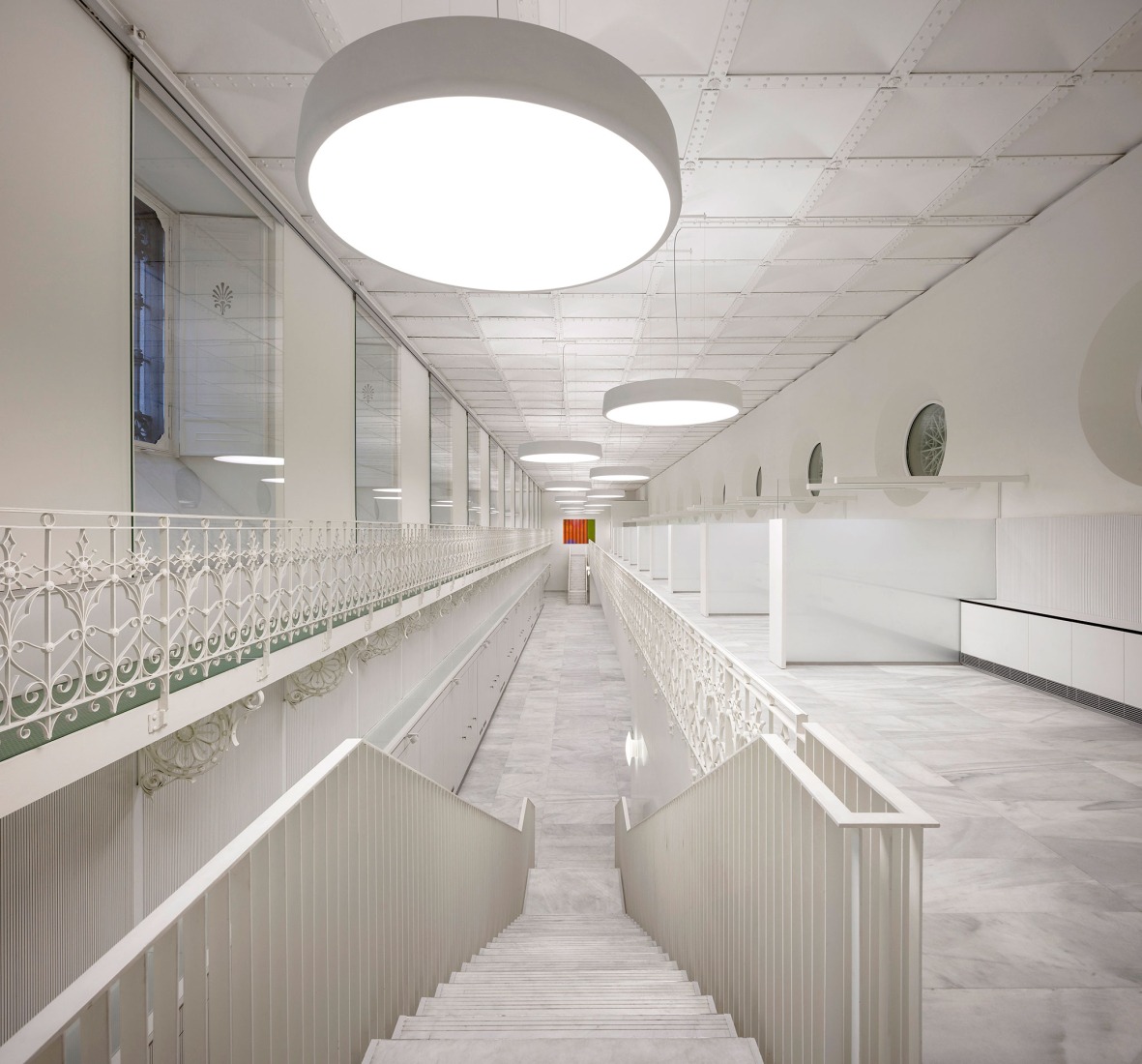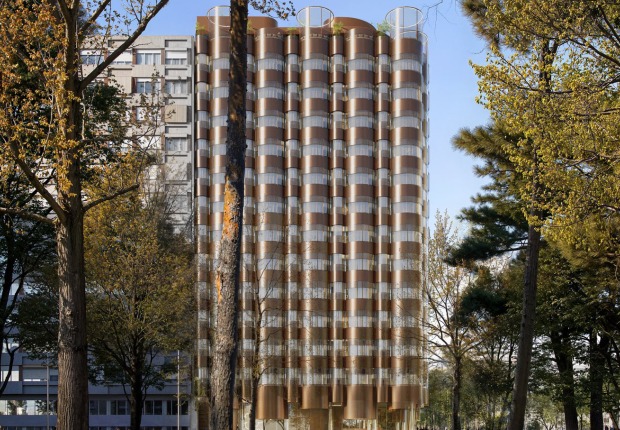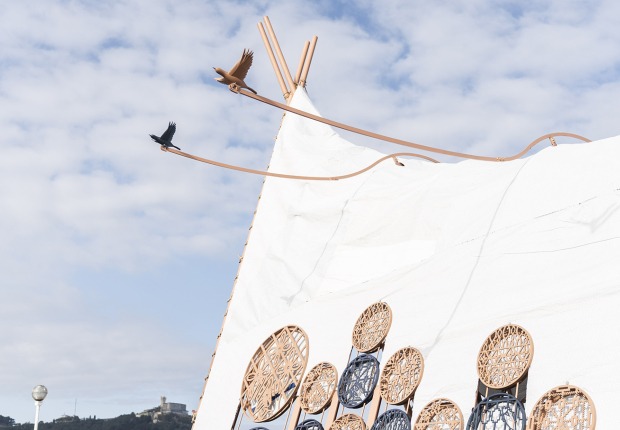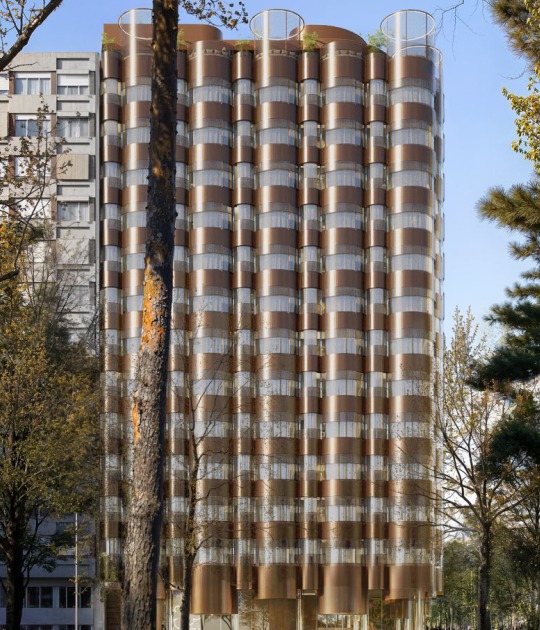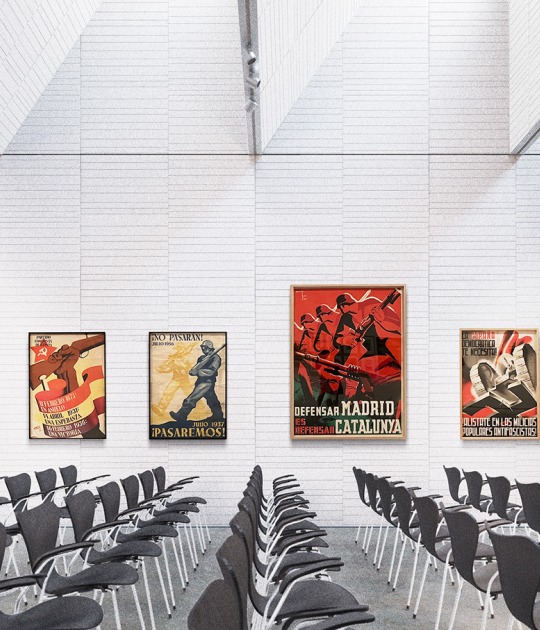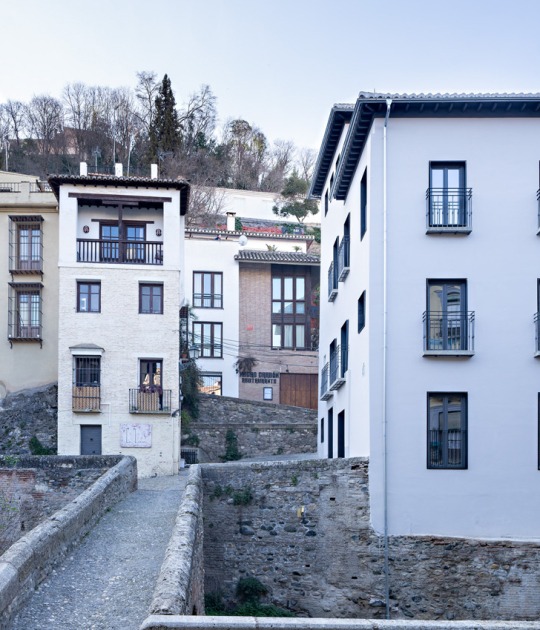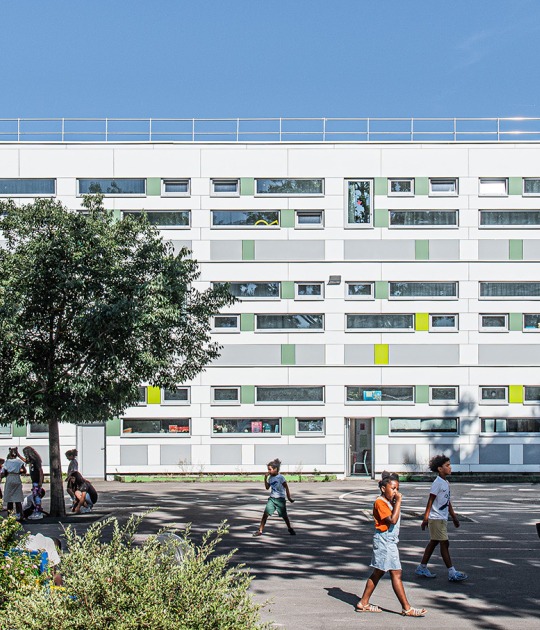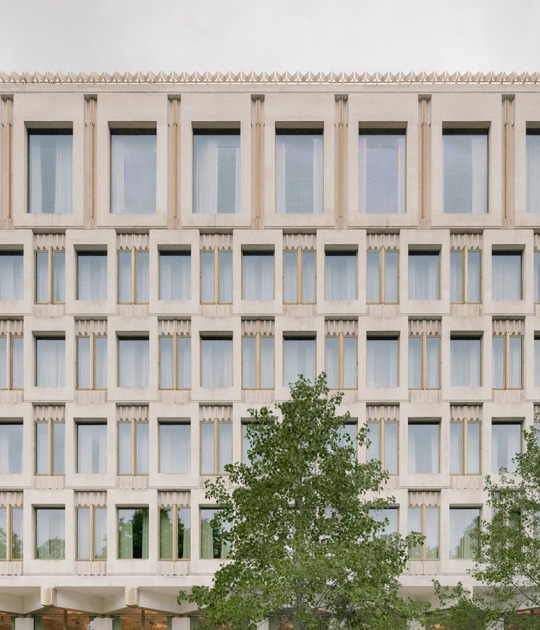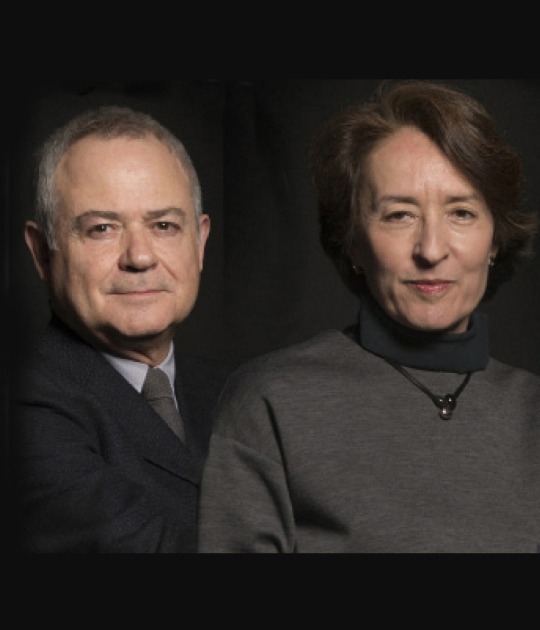Paredes Pedrosa architecture practice has a long history with the Banco de España headquarter. They have carried out renovations and restorations of the building since 1986. During these three decades, Paredes Pedrosa has set up a showroom and designed a vertical communications core, among others. Their latest collaboration at the headquarters, set in 2015, involved the rehabilitation of the old General Archive, next to Paseo del Prado Street.
Description of the project by Paredes Pedrosa
The headquarter of the National Bank of Spain in Madrid’s Plaza Cibeles appears to be a historic building invariable in time, nevertheless its continuously renewing by various interventions that might be sometime strict works of maintenance and restoration but as well can be modifications in spaces and uses to emphasis the existing value of the protected building. The building complex dates from the 1884, but was complemented in the 1920ties and 70ties until Rafael Moneo ‘closed’ the block in 2006.
Ángela Garcia de Paredes and Ignacio Pedrosa have intervened gradually in several spaces since 1986 when they restore the Cibeles corner to an exposition room. Later on follows in 2009 the conditioning of the Mansard level to office use, a new vertical access solution in 2011 resolves access problems between the floor levels of the historic building, and in 2013 they restore the main floor rooms around the great ‘Patio de Operaciones’. The last intervention is in Basement Floor next to Paseo del Prado where lately was situated the bank’s general archive. In all these operations the main issue has been to unveil forgotten spaces and restore original ceiling heights that had been occupied by intermediate stories and partitions for air conducts, narrow administration offices and as well mere storage surfaces. Right now there is to begin the last part of the operation in Basement Floor, where the building will recover an inner light courtyard.
From the lecture of the historic original plans there has been deduced unknown interior spaces and qualities, unrecognizable in last years. They have become apparent and emphasized by the architectonic interventions in order to fit also to the current and changing needs of this institution. Apart of introducing a new architectural language through the projects there has been restored meticulously the constructive and ornamental specifics of the building, found mostly hidden behind installations and drywalls.
